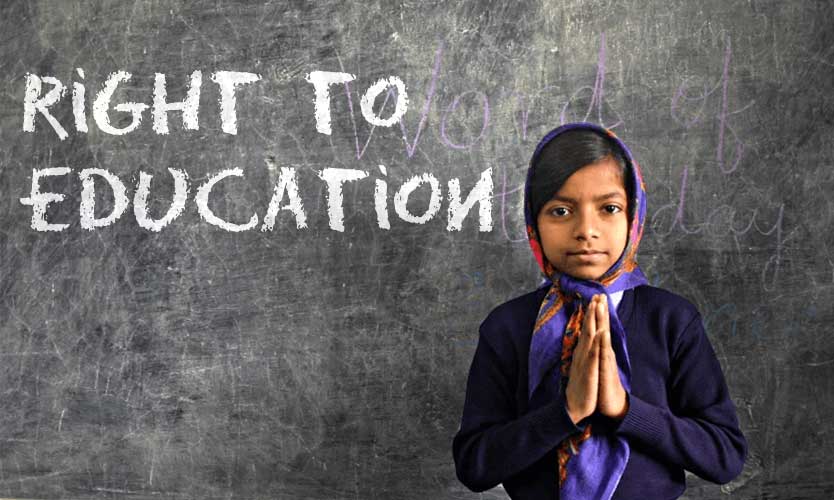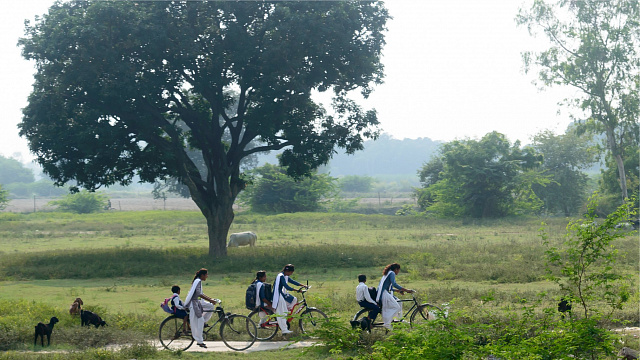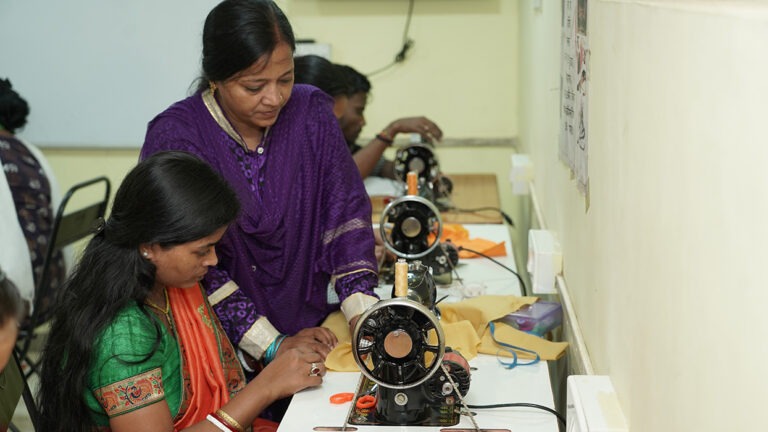2 December, 2024
4 Comments
1 category
Srimati Ganga Devi Shiksha Samiti focused on Emergency Assistance would be an initiative designed to provide immediate relief and support to communities in times of crisis, such as natural disasters, pandemics, or other unforeseen emergencies. The goal of such a program would be to offer timely interventions, protect vulnerable populations, and help communities recover and rebuild after a disaster or crisis.
Here’s how Srimati Ganga Devi Shiksha Samiti might implement Emergency Assistance programs:
1. Disaster Relief and Emergency Response
- Immediate Relief Distribution: In the aftermath of a natural disaster (e.g., floods, earthquakes, cyclones, or droughts), the Samiti could organize the distribution of essential relief items such as food, clean drinking water, clothing, bedding, and medical supplies to affected communities.
- Shelter and Temporary Accommodation: Providing temporary shelters for displaced people, especially in the aftermath of disasters. This could include setting up tents, providing bedding materials, and organizing relief camps that offer protection and basic amenities.
- Emergency Medical Assistance: Setting up mobile health camps in disaster-stricken areas to offer immediate medical attention, including first aid, wound dressing, treatment for injuries, and vaccinations. Partnerships with local health professionals or NGOs can help set up clinics that operate in crisis zones.
- Psychosocial Support: Offering mental health services and counseling to individuals affected by trauma, loss, or displacement. This may include organizing therapy sessions, support groups, or mobile counseling units to help people cope with the emotional impact of the emergency.
2. Food Security and Nutritional Support
- Food Distribution: In times of crisis, food security becomes a major concern. The Samiti could organize food drives, distribute packaged meals, or provide raw food supplies (e.g., rice, lentils, and cooking oil) to ensure that families have enough to eat.
- Nutritional Support for Children and Pregnant Women: Special focus could be given to vulnerable groups like children, pregnant women, and the elderly. This could include distributing fortified foods, providing milk, nutrition supplements, or setting up child feeding programs.
- Community Kitchens: In situations where families have lost their homes or cannot cook for themselves, community kitchens could be set up to provide hot meals to those in need.
3. Water, Sanitation, and Hygiene (WASH)
- Emergency Water Supply: In disaster situations, access to clean water is critical. The Samiti could organize water distribution, set up water purification units, and ensure that clean water is made available to all affected people.
- Sanitation and Hygiene Kits: Providing emergency hygiene kits containing items such as soap, sanitary pads, disinfectants, towels, and other personal hygiene products. This would help prevent the spread of diseases like cholera, diarrhea, or other infections in crowded conditions.
- Mobile Toilets and Temporary Sanitation Facilities: In case of mass displacement or lack of infrastructure, setting up temporary latrines or sanitation facilities can help mitigate the spread of disease and ensure that displaced people have access to safe hygiene options.
4. Emergency Transportation and Evacuation
- Transport Assistance: Organizing transportation for people in affected areas to evacuate to safer locations or reach relief camps. This could include providing buses, trucks, or boats for evacuation, especially in flood-affected or remote regions.
- Evacuation of Vulnerable Groups: Special attention would be given to evacuating vulnerable groups such as women, children, elderly people, and persons with disabilities. The Samiti could work with local authorities to ensure that these groups are prioritized in evacuation plans.
5. Medical and Health Assistance
- Mobile Medical Units: Setting up mobile health units in affected regions that can provide immediate medical care, including treatment for injuries, common illnesses, and vaccinations.
- Medicines and First Aid: Distribution of basic medicines, pain relievers, antiseptics, and other essential healthcare supplies to both health workers and the general public. Providing first aid kits to volunteers and affected communities could also be a key part of emergency relief.
- Vaccination Campaigns: In the event of a disease outbreak (such as cholera, typhoid, or other water-borne diseases), emergency vaccination drives could be organized to protect vulnerable communities from preventable diseases.
6. Support for Vulnerable Populations
- Women and Children’s Protection: Establishing safe spaces for women and children in the aftermath of crises, where they can find shelter, access food, and receive psychological support. This could also include distributing reproductive health supplies (e.g., sanitary pads, contraceptives) to women.
- Child Protection and Education: Providing emergency education, including setting up temporary schools or child-friendly spaces where children can continue their learning. Offering educational materials, books, and toys can help mitigate the trauma children face during crises.
- Protection Against Exploitation: Setting up a protection mechanism to prevent the exploitation of women, children, and other vulnerable groups in the aftermath of a disaster. This may involve monitoring for trafficking, child labor, or other forms of abuse and providing safe channels for reporting violations.
7. Coordination with Government and Other NGOs
- Collaboration with Local Authorities: Coordinating with government agencies and local authorities to ensure that the distribution of emergency relief is well-managed, efficient, and reaches all affected populations. This could include working closely with disaster management authorities to ensure a structured response.
- Partnerships with Other NGOs: Collaborating with other non-governmental organizations (NGOs) that specialize in disaster relief, healthcare, and rehabilitation. Pooling resources and expertise can help maximize the impact of emergency assistance efforts.
8. Rebuilding and Rehabilitation
- Livelihood Restoration: In the aftermath of a disaster, many people lose their livelihoods. The Samiti could help rebuild these livelihoods by offering grants, training, or access to microloans for families to restart their businesses, farms, or other income-generating activities.
- Rebuilding Infrastructure: Assisting in the reconstruction of damaged infrastructure such as schools, homes, hospitals, and roads. This might include mobilizing volunteers or working with construction companies to rebuild homes or community centers.
- Resettlement Programs: Helping displaced individuals and families find permanent housing and resettle in safer areas. This could involve building new homes or helping families access government housing schemes.
9. Awareness and Preparedness Programs
- Community Education on Disaster Preparedness: In addition to emergency relief, the Samiti could focus on disaster preparedness by educating communities on how to respond to various types of disasters. This could include teaching families how to prepare emergency kits, develop evacuation plans, and stay informed about risks.
- Training Volunteers: Building a network of trained volunteers within the community who can be mobilized during emergencies. These volunteers can assist with organizing relief efforts, providing first aid, and supporting vulnerable populations.
10. Fundraising and Resource Mobilization
- Crowdfunding and Donations: To support emergency assistance efforts, the Samiti could run fundraising campaigns, either online or locally, to raise funds for disaster relief. They could work with corporate partners, international donors, or local communities to gather financial resources.
- In-Kind Donations: The Samiti could also organize in-kind donation drives where people donate essential items such as clothes, food, medical supplies, and hygiene products.
Potential Impact
- Immediate Relief in Crisis Situations: The Samiti would be able to quickly respond to emergencies, providing essential relief to communities affected by natural disasters, conflict, or other crises.
- Reduction in Disease Spread: With a focus on sanitation, hygiene, and medical assistance, the initiative can help reduce the spread of diseases that often follow natural disasters.
- Psychosocial Recovery: By offering mental health services and safe spaces, the Samiti can help individuals recover emotionally and psychologically after the trauma of a disaster.
- Long-Term Community Resilience: Providing training and resources for rebuilding livelihoods and infrastructure would help affected communities recover more quickly and become more resilient to future emergencies.
- Strengthened Local Capacities: By training local volunteers and building community awareness, the Samiti can help communities develop their own emergency response capabilities, reducing dependency on external aid in the future.
4 Replies to “Emergency assistance”
Comments are closed.



7zd2kd
l3s10k
6fd7ni
21scto